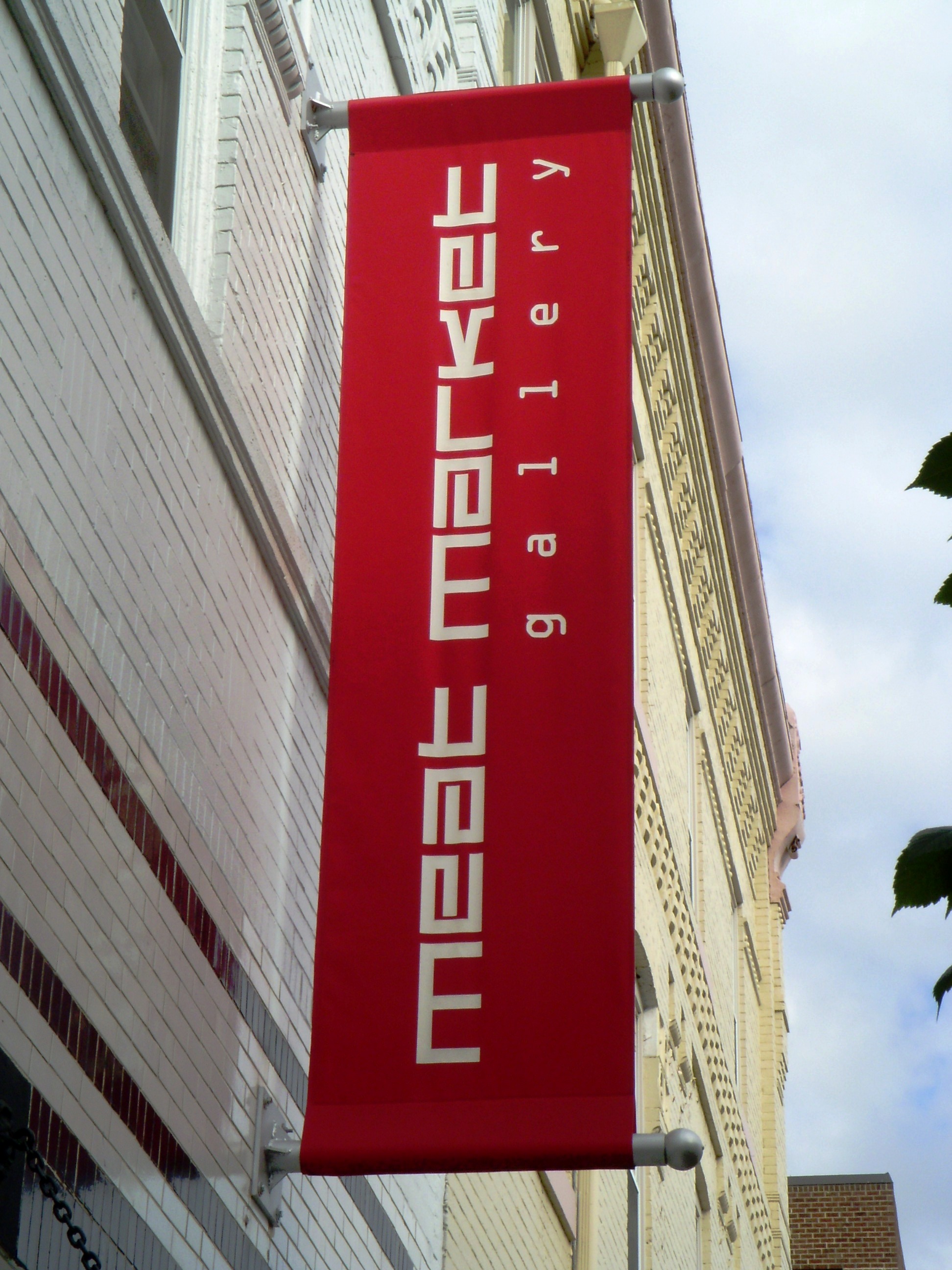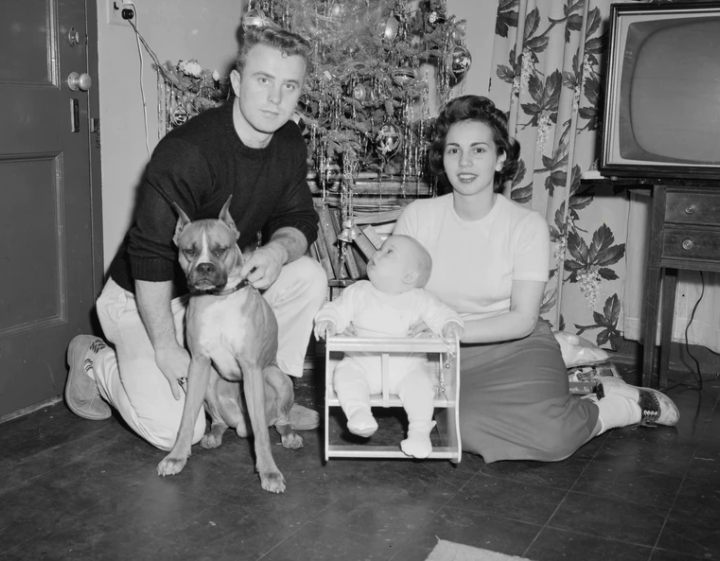Navigate quickly
Understanding and Making Proper Use of Trademark Symbols
There seems to be a lot of confusion amongst early-stage business owners concerning use of the various trademark symbols (TM, SM, and (R)). This article addresses when to use which symbols, and when not to use any of the symbols at all.
Trademarks
First and foremost, it is important to clarify that these are in fact trademark-related symbols, and thus they should be used only in connection with your business's trademarks. Thus, for example, it is improper to write "Benjamin's Buttons?, Inc.", because in the context of an official company name, there aren't any trademark implications. Remember, trademarks are to be used as adjectives - to identify the source of specific goods or services - and thus not all references to your trademarked term or phrase will warrant use of the trademark symbols.
That said, it is important to understand when use of the symbols is proper, and to institute a procedure for ensuring widespread and consistent use of the proper trademark symbols. Failure to do so won't result in trademark rights, but using the symbols will help put start-ups and competitors on notice that you are serious about protecting and enforcing your valuable trademark rights. Under the law, and particularly in light of widespread misconceptions about what rights are and aren't associated with various forms of trademarks, it just makes sense to use the trademark symbols as another step toward (hopefully) staving off unnecessary disputes and legal expenses.
TM and SM
The TM and SM symbols are for use with unregistered trademarks. By "unregistered," I mean trademarks that aren't registered with the USPTO. State-level registration does not confer the right to use the (R) symbol, and trademarks subject to pending applications with the USPTO aren't considered "registered."
"TM" stands for "trademark," and should be used with unregistered trademarks for products - software, clothing, hard goods, foods, and the like. "SM" stands for "service mark," and thus should be used only in connection with unregistered trademarks for services.
Circle R
The "(R)" symbol should be used on all trademarks registered with the USPTO. While this sounds straightforward enough, there are a few important points to keep in mind.
First, if you register a design trademark, you generally are going to be limited to using the (R) symbol in connection with the design as a whole. Thus, you generally won’t be able to use the (R) symbol in plain-text uses of the trademark. Likewise, if you register a words-only trademark, your design logo as a whole generally won’t be covered by the registration. Because of this, business owners are generally well-advised to seek USPTO registration for both the design and words-only versions of their trademark.
Second, trademark registrations are specific to the goods and/or services identified in your trademark registration application. Thus, if you register your trademark for use on one line of products (such as whole-bean coffee), and then also start using it on another line (such as coffee mugs), you may be limited to using the “(R)” symbol only with your original product line until you obtain a supplemental USPTO trademark registration (this is one reason why business owners should be seeking trademark registration as early as possible).
Circle C
As a side note, the (C) symbol designates copyright protection, not trademark. Copyrights protect creative expressions of ideas, whereas trademarks protect brands, logos and other identifiers of source. Thus, the (C) symbol should be used only when placing copyright notice on proprietary materials or online content.
Jeff Fabian assists business owners in protecting their brands so that they can stay focused on running their businesses. Visit www.fabianip.com for more information, and follow Jeff on Twitter @FabianOnIP.
This article is provided for informational purposes only, and does not constitute legal advice.
Ultimate franchising guide
All you need to know as a first time franchisee: Step by step guidance from experienced franchise professionals.

















